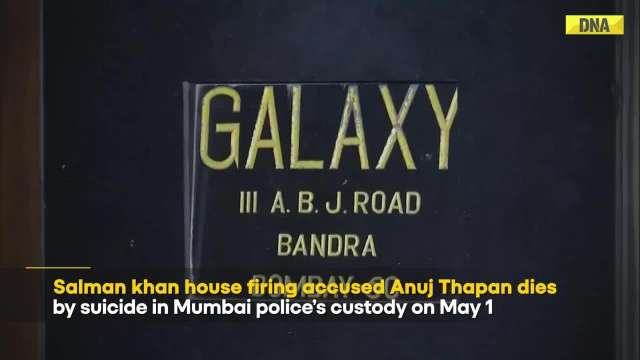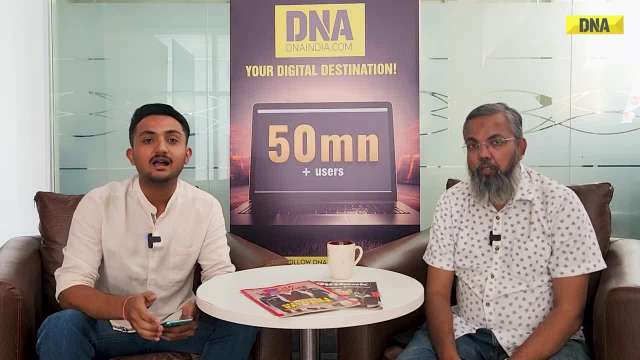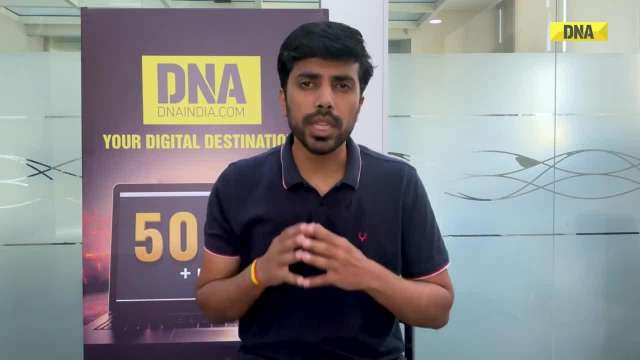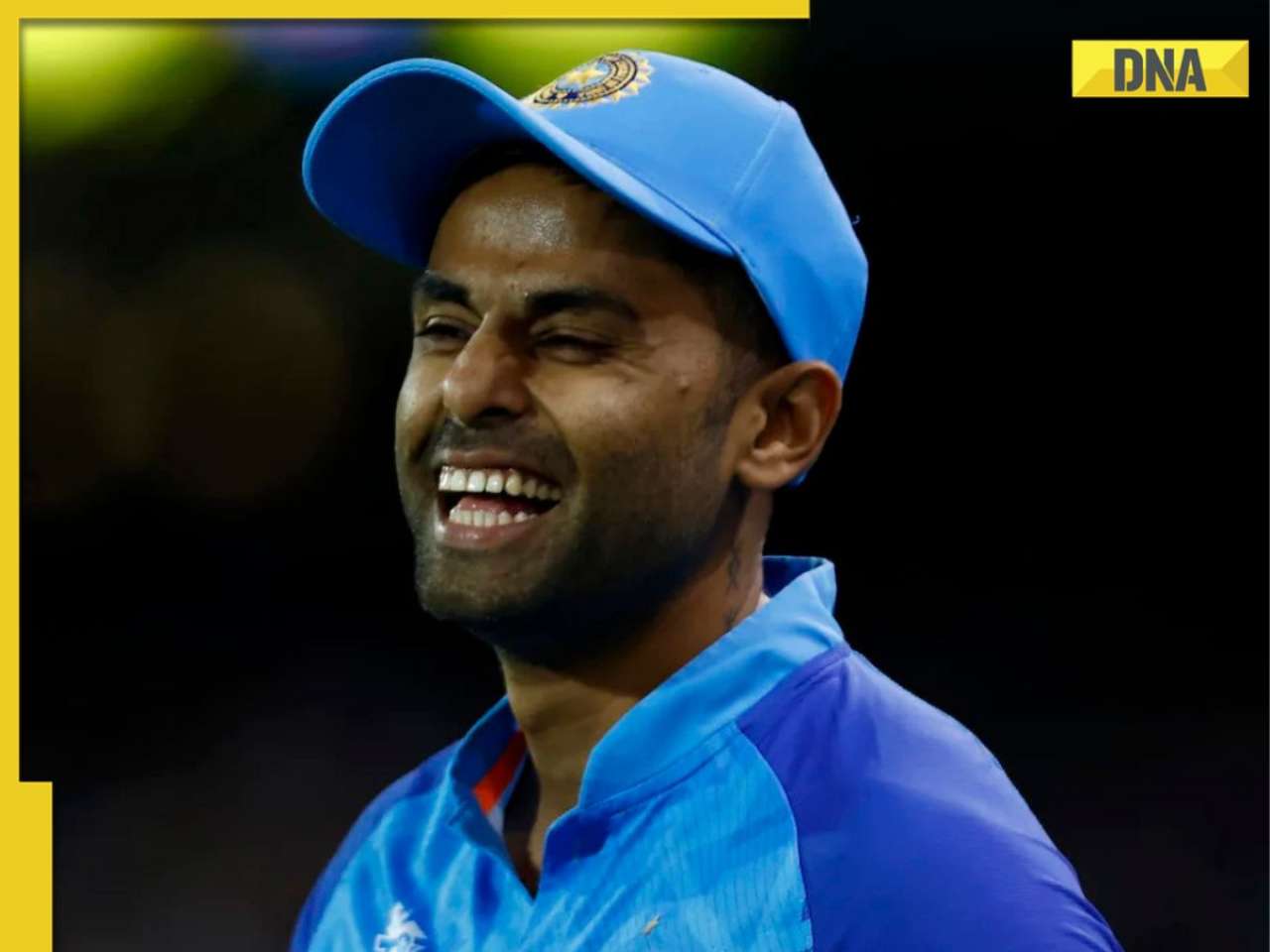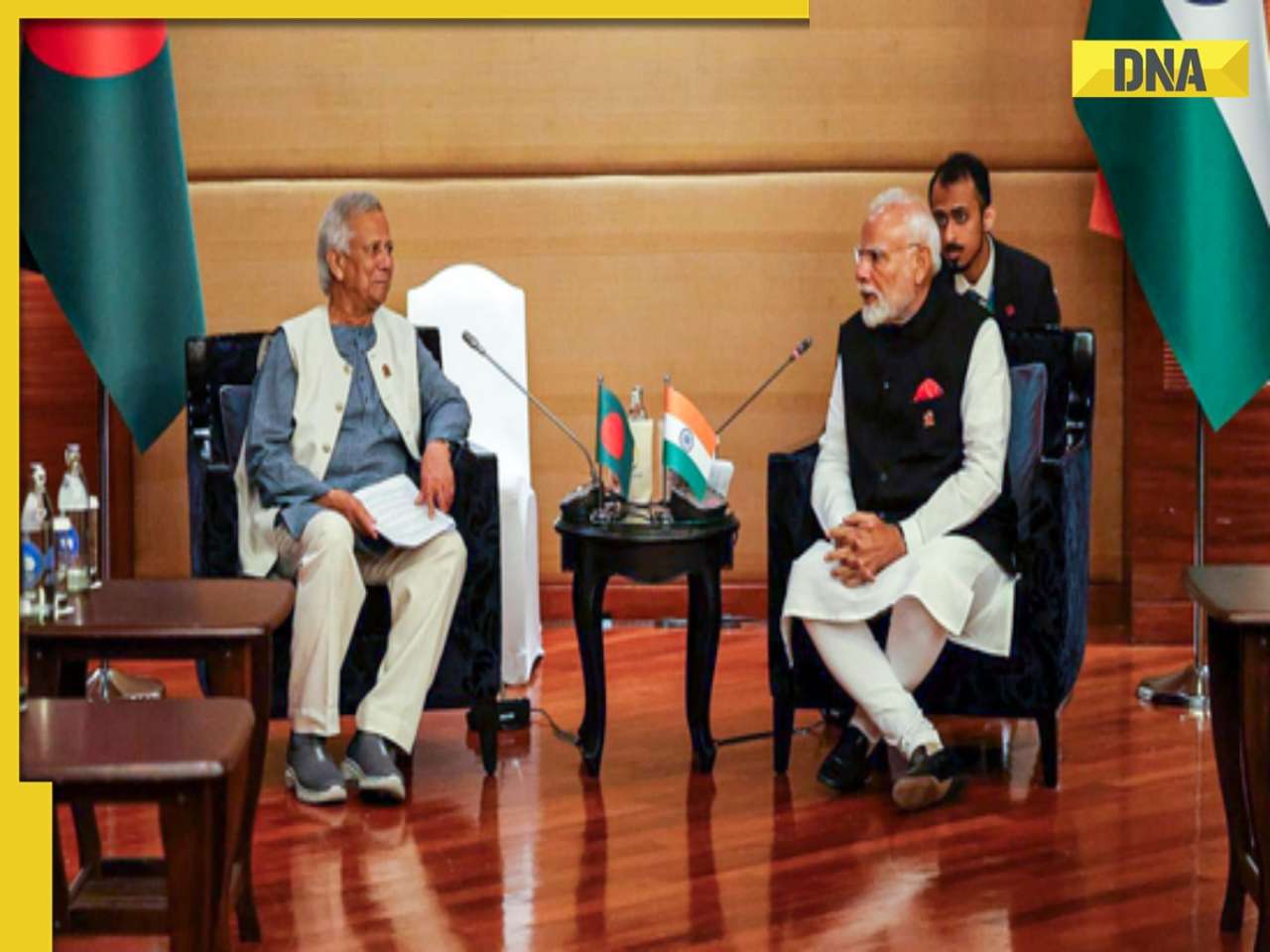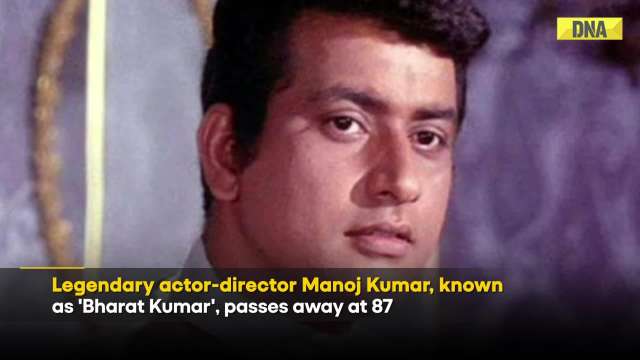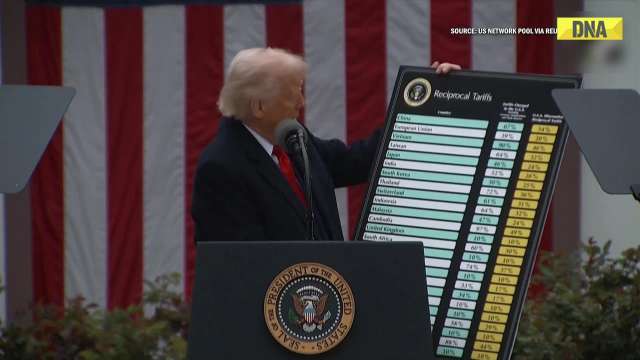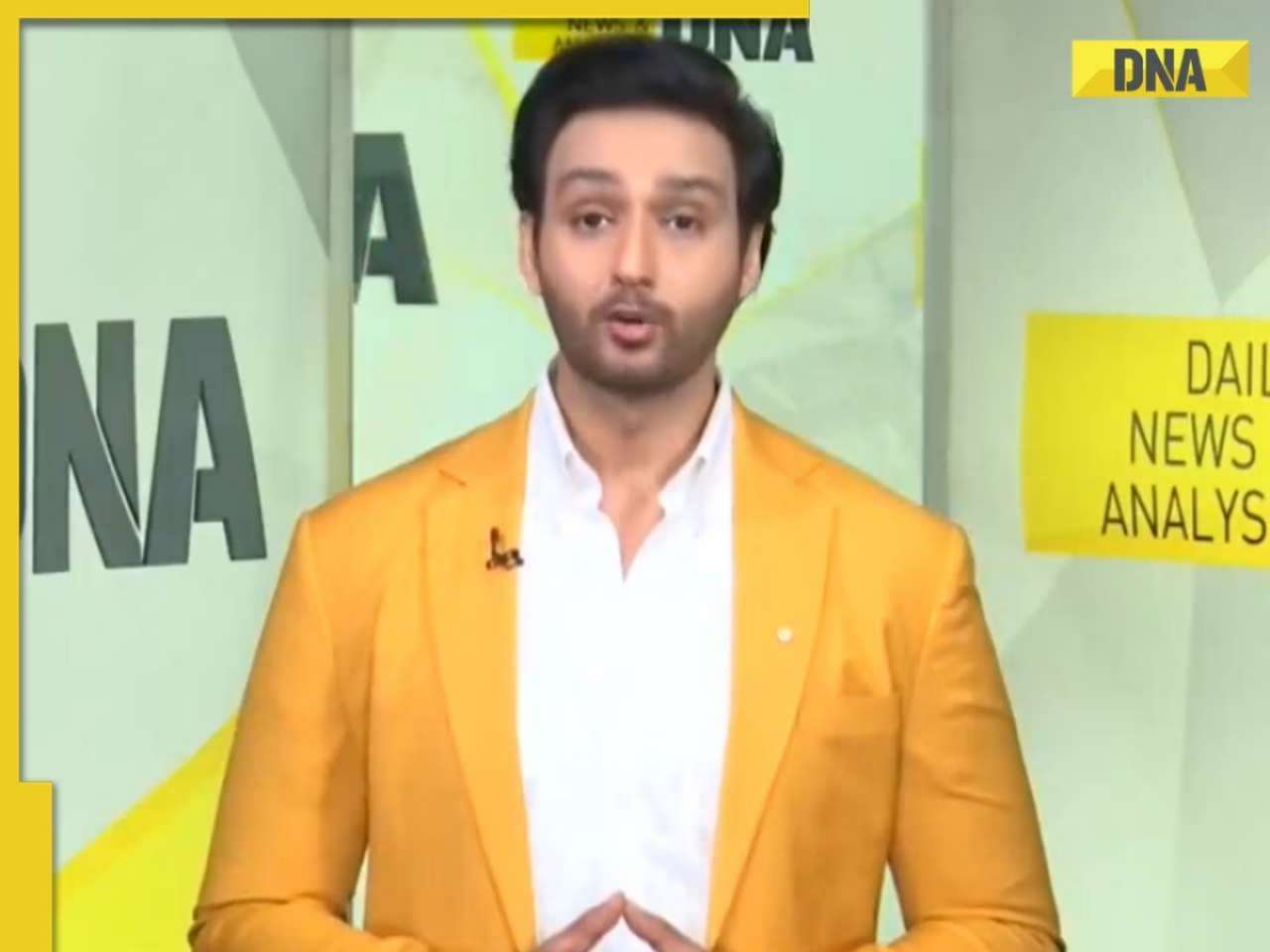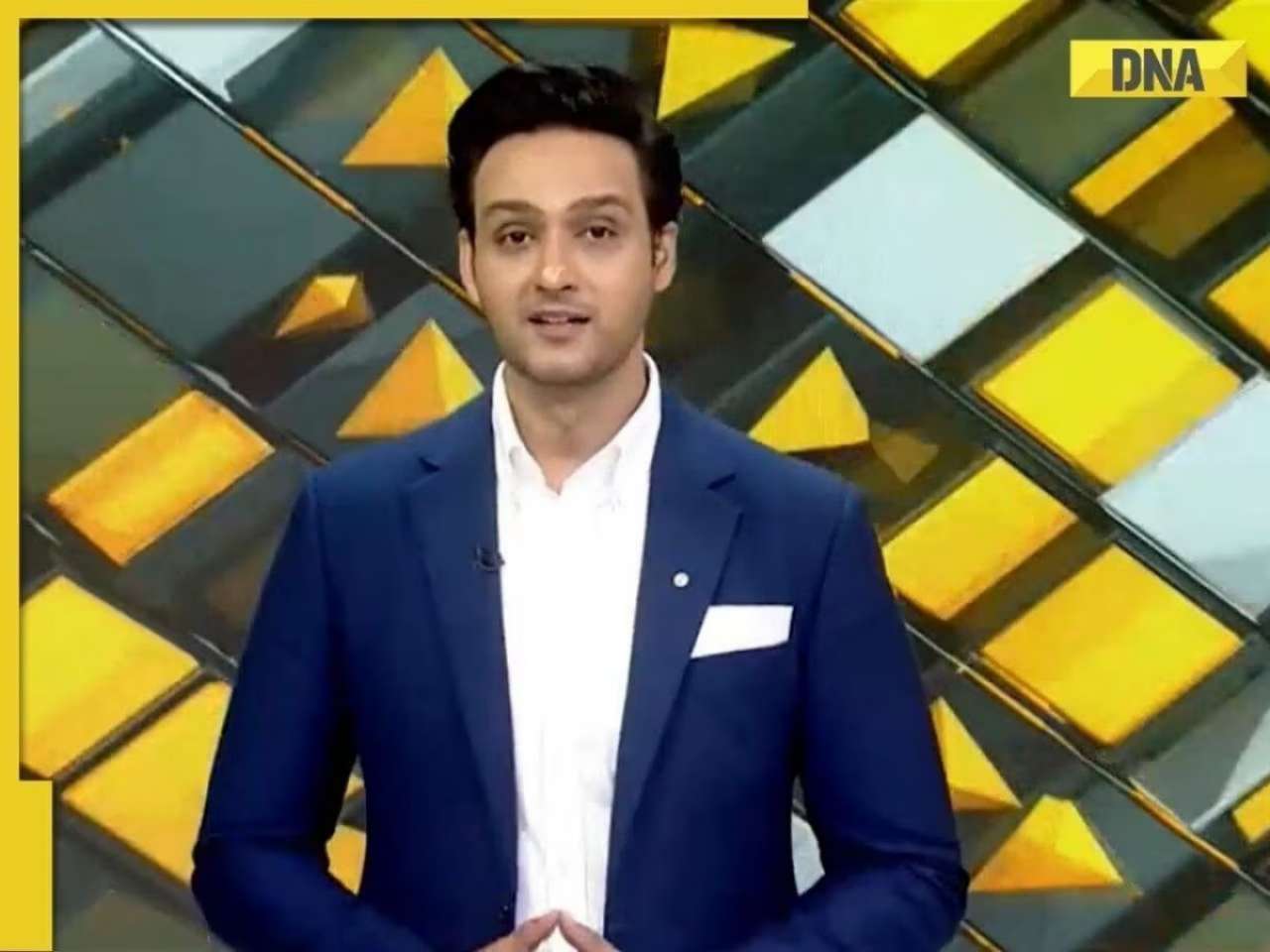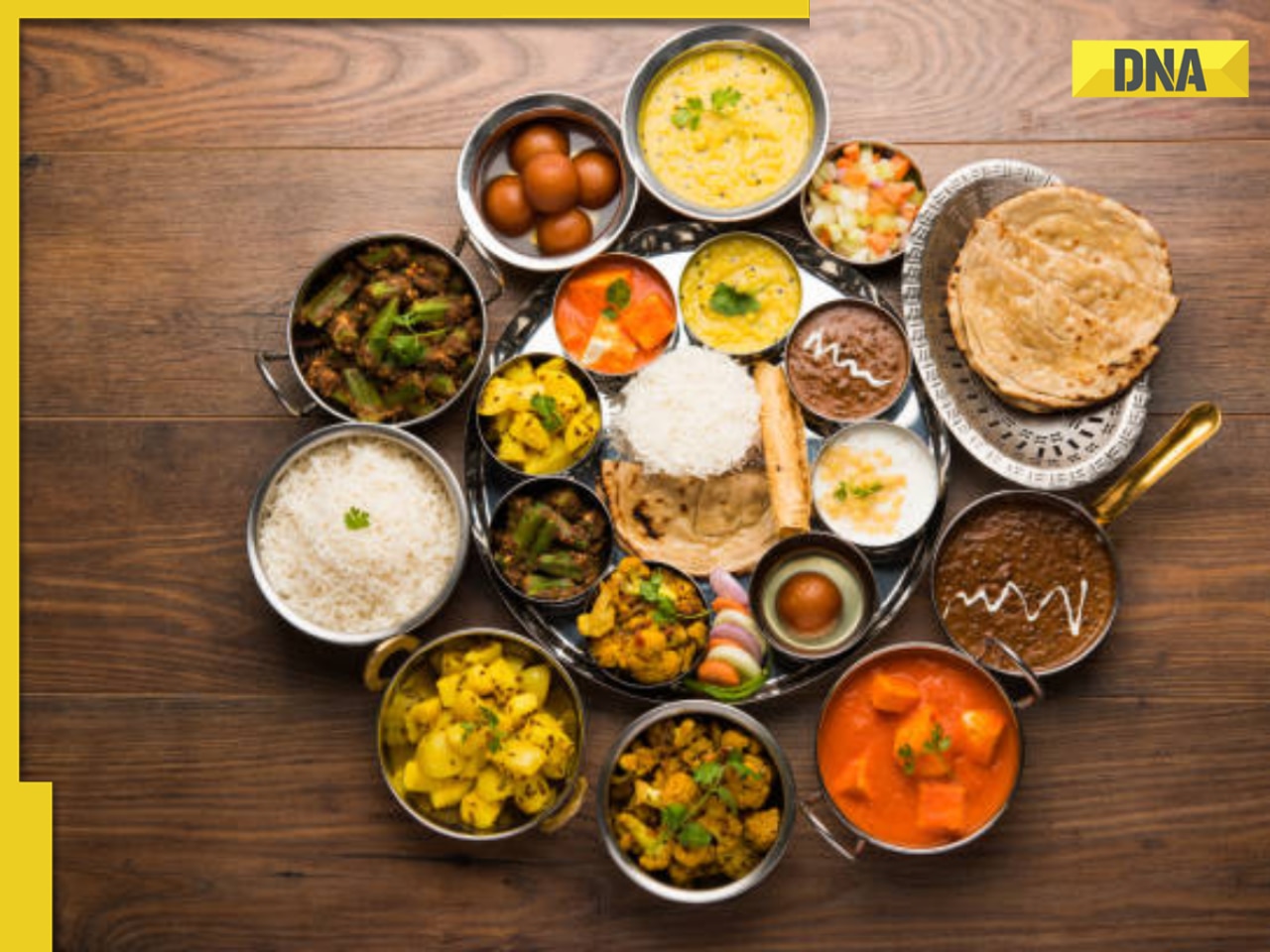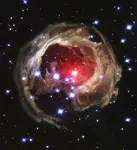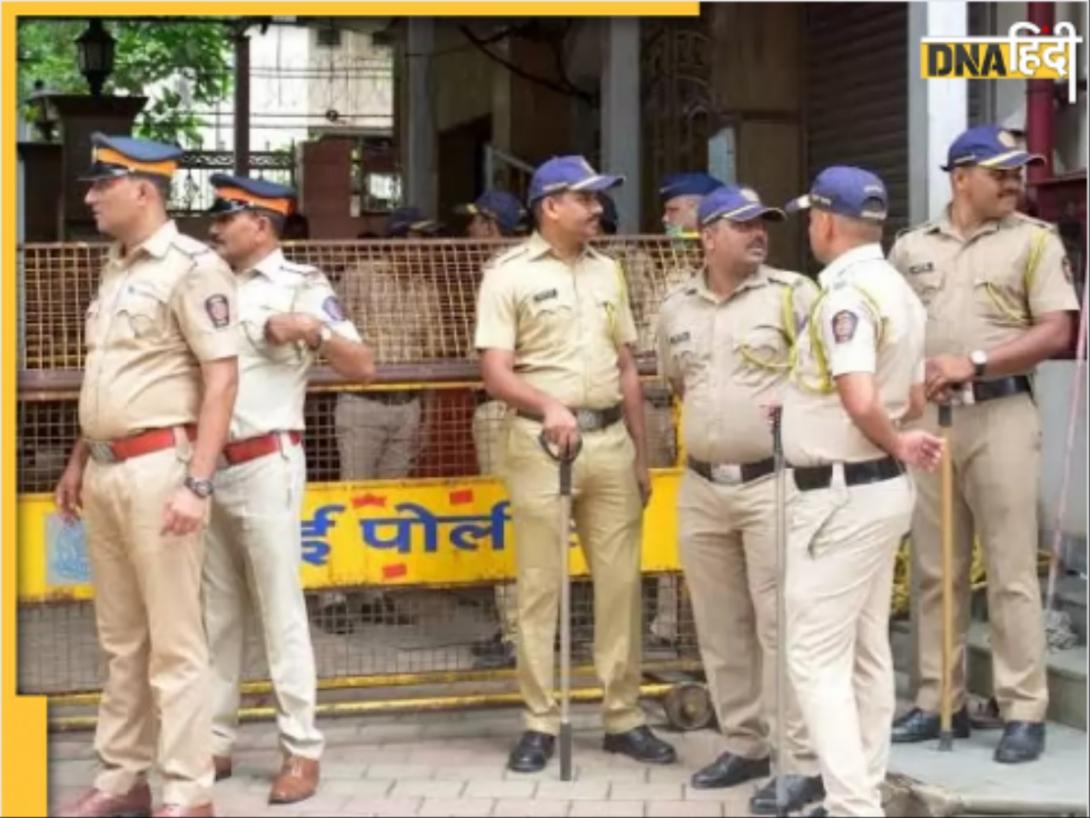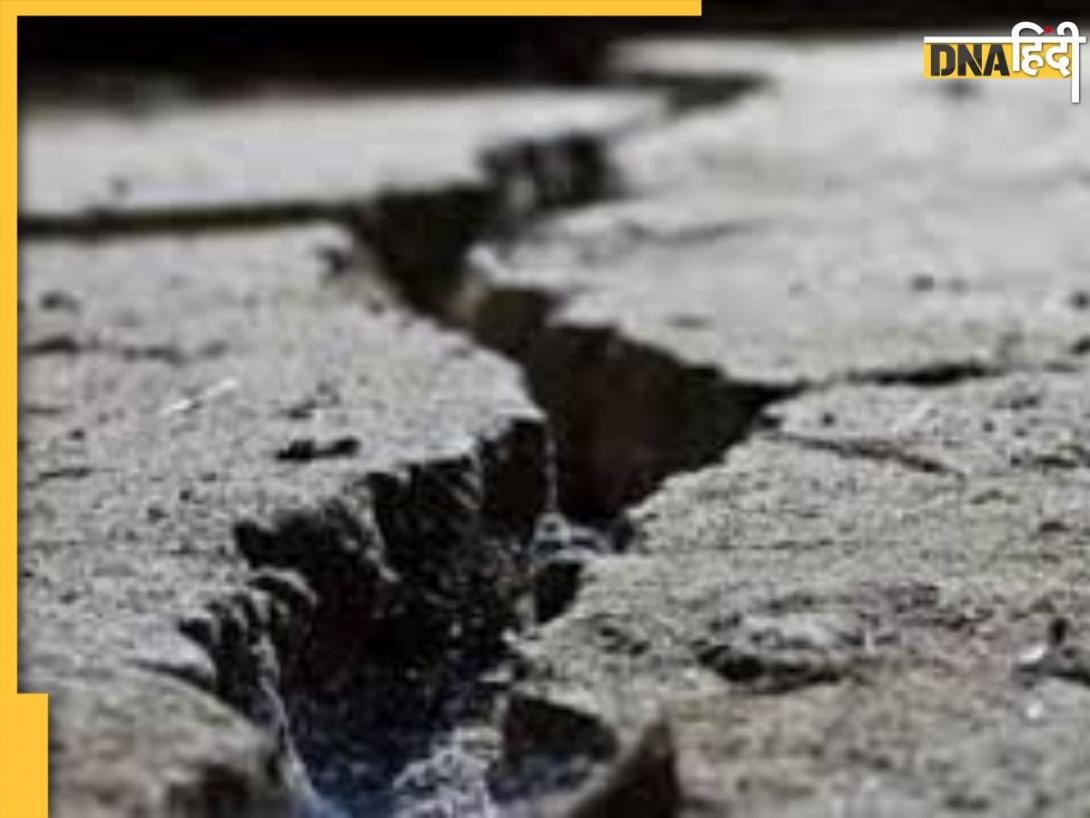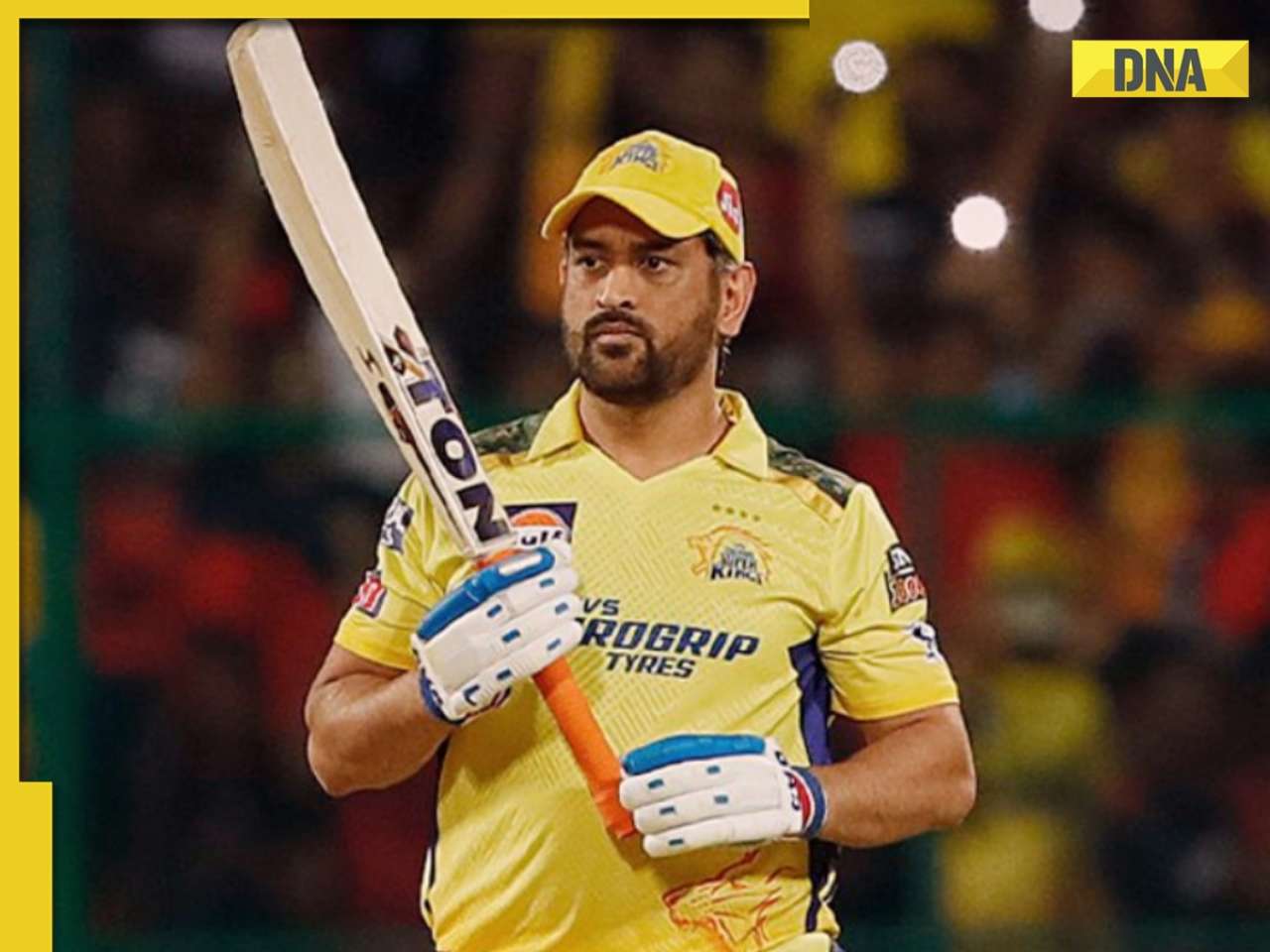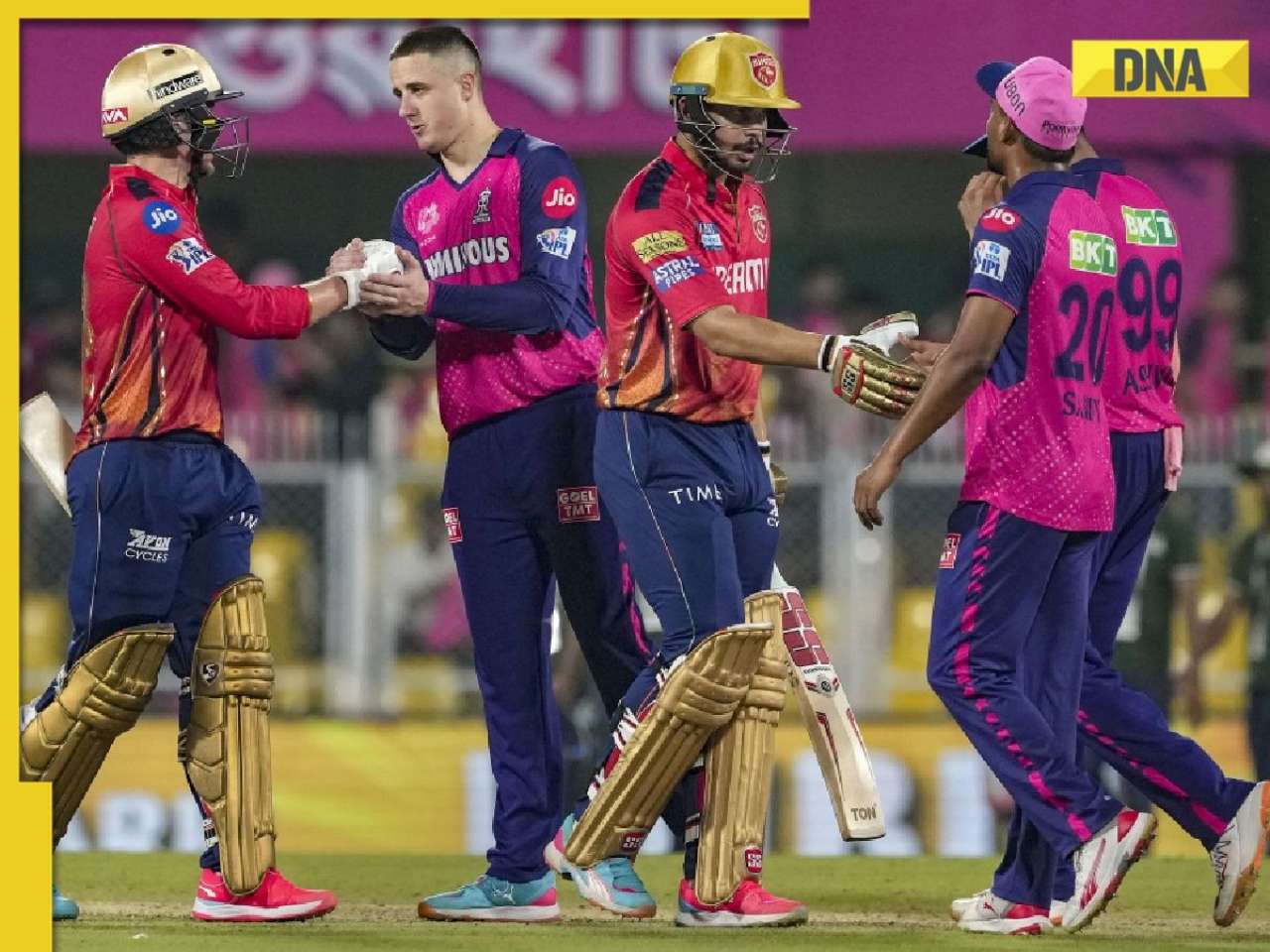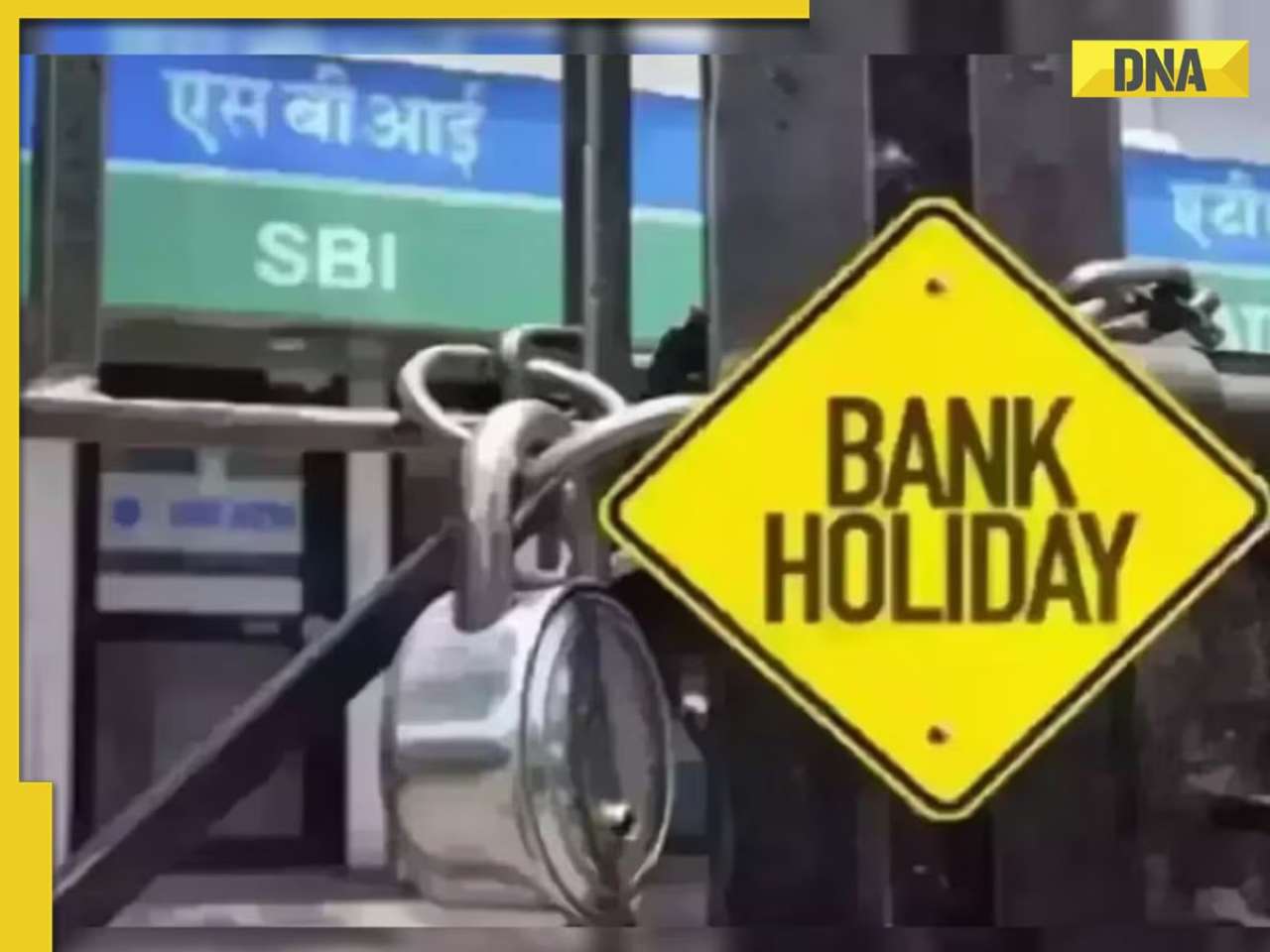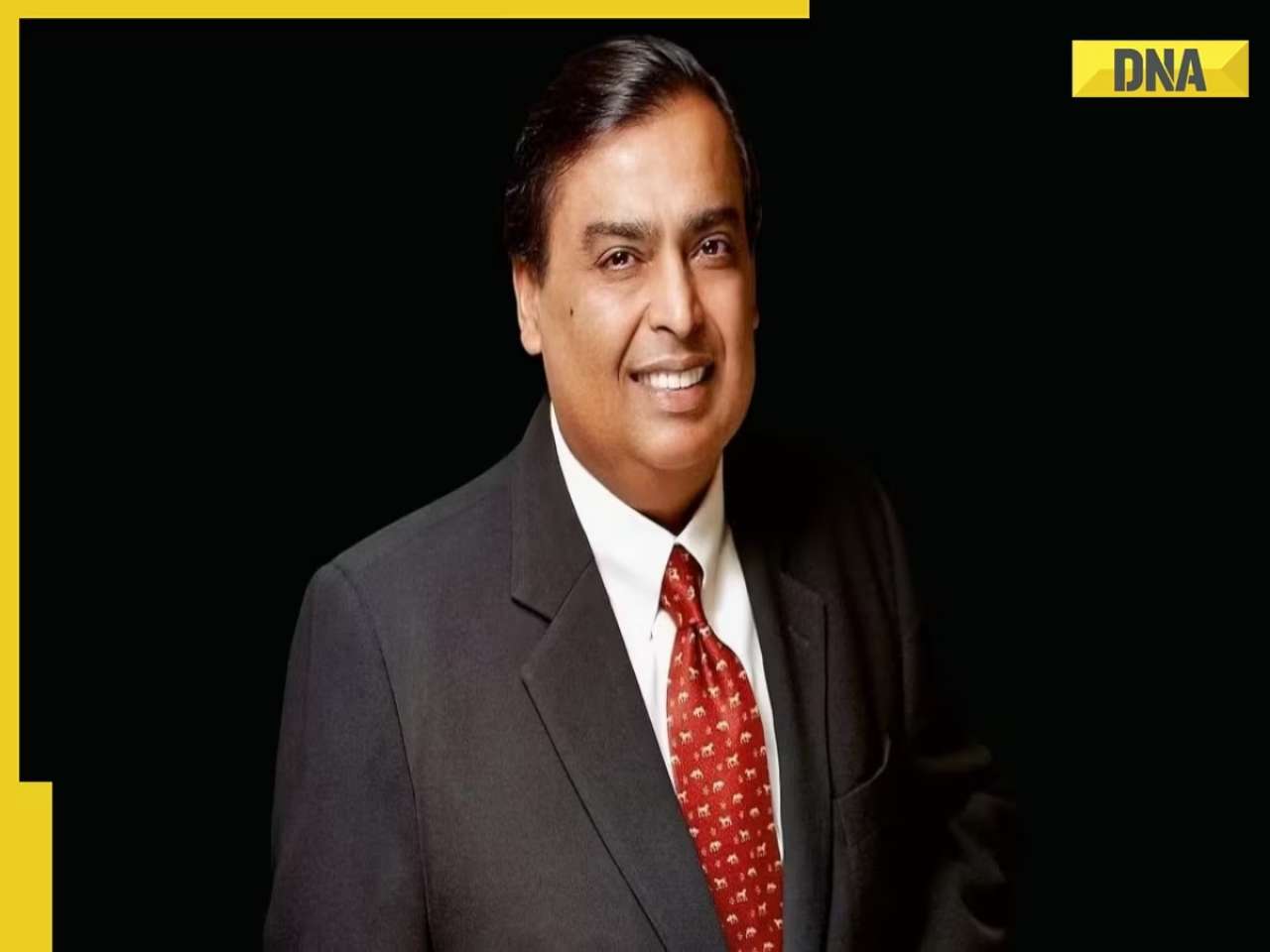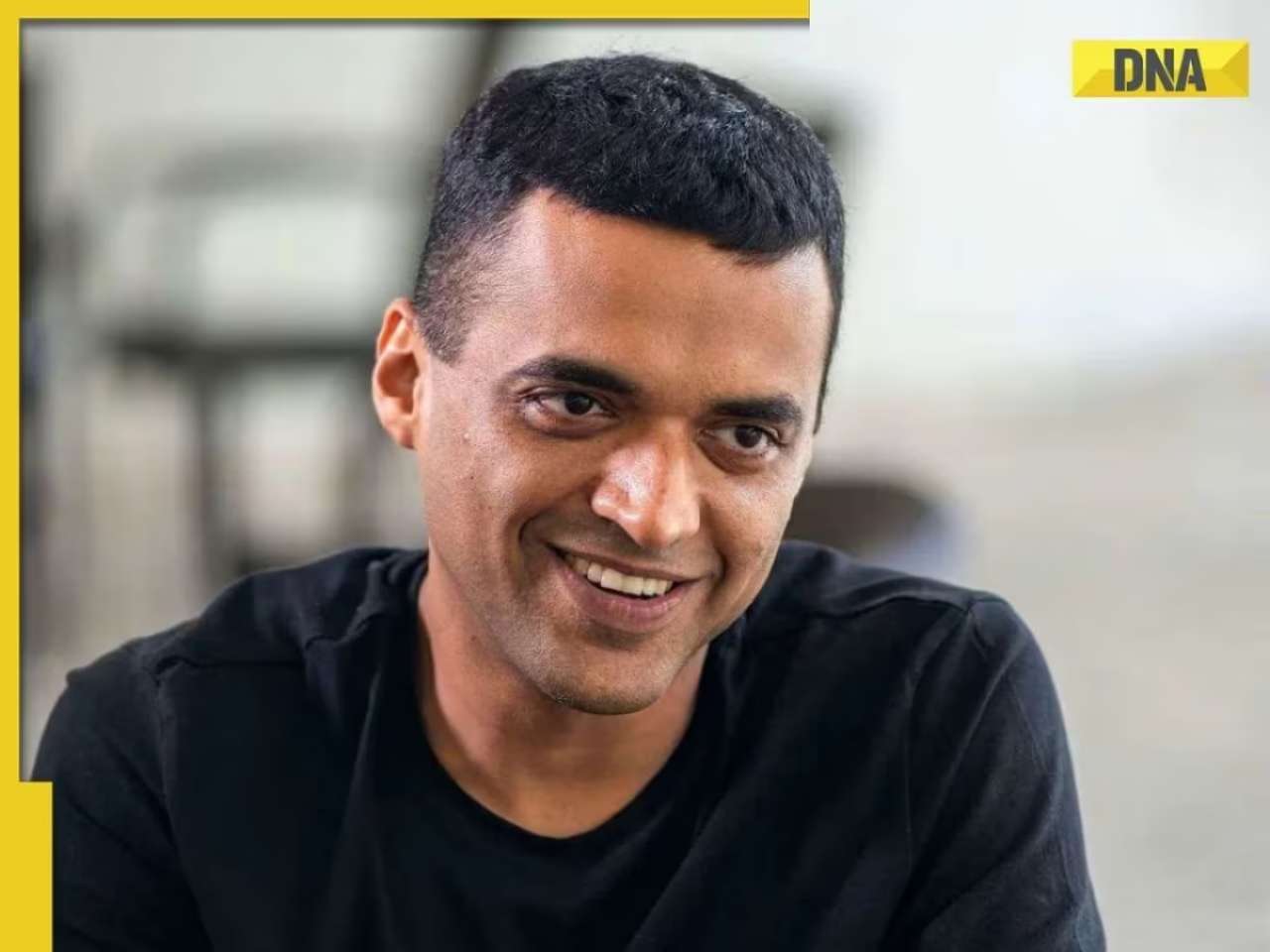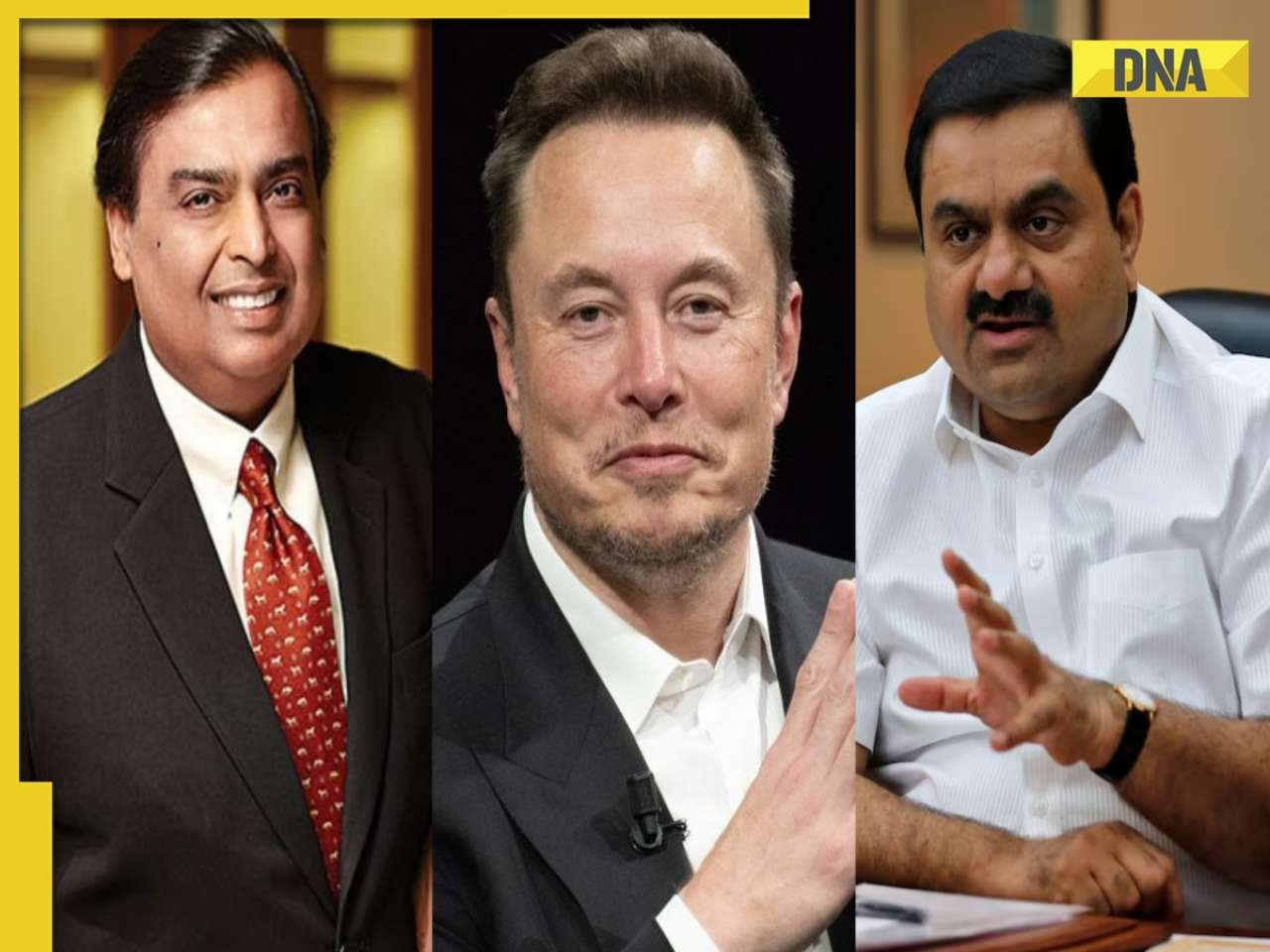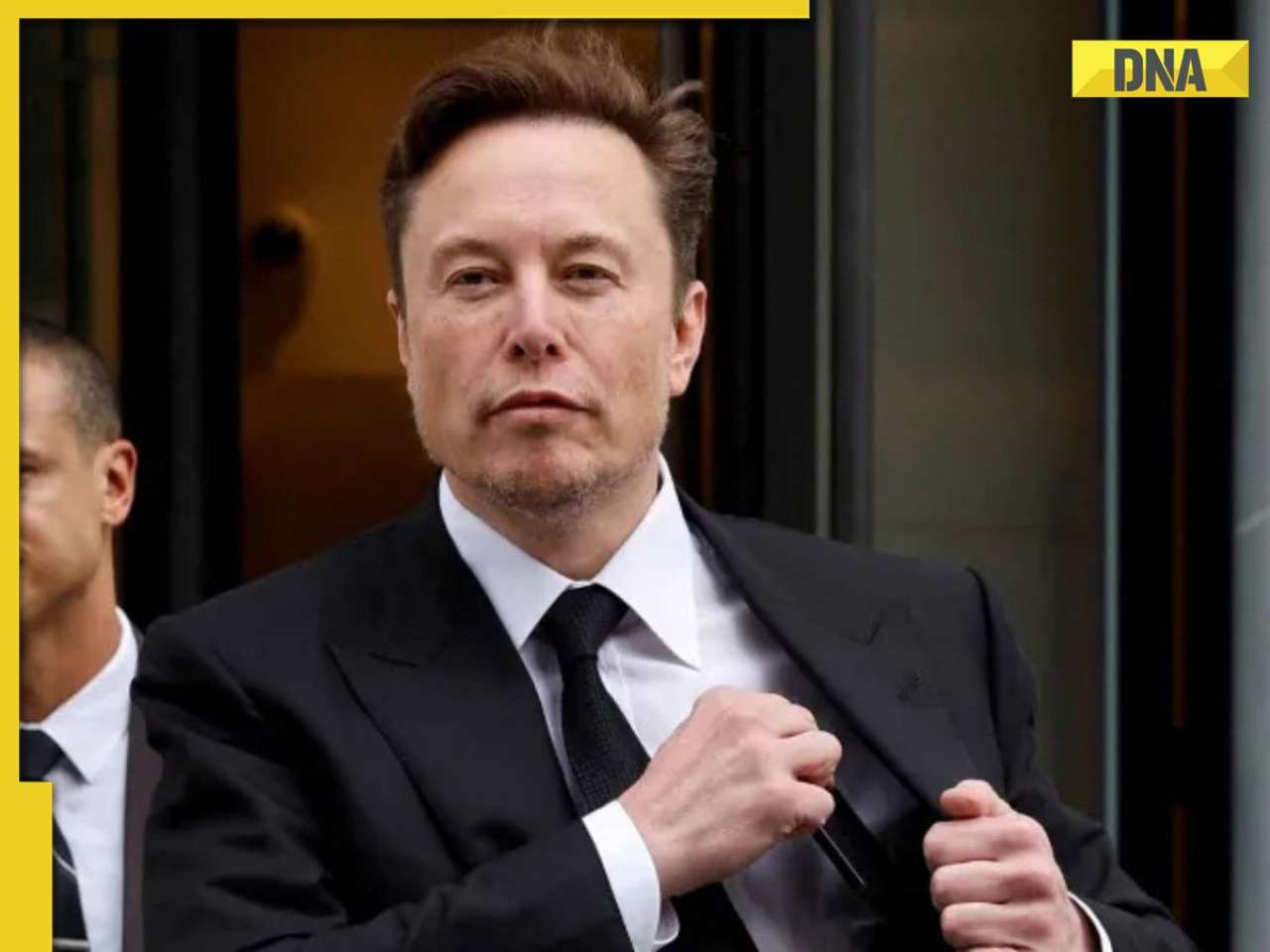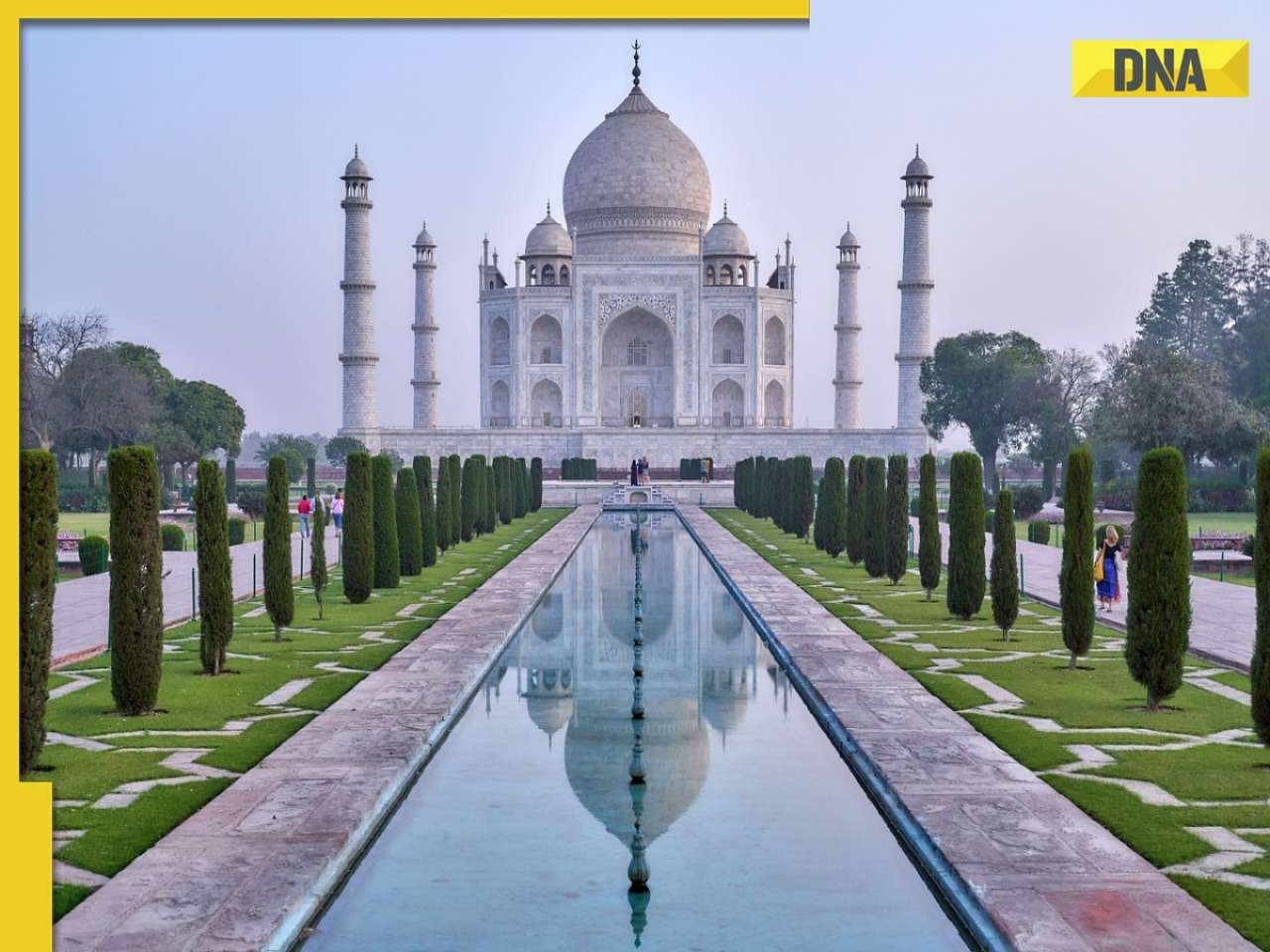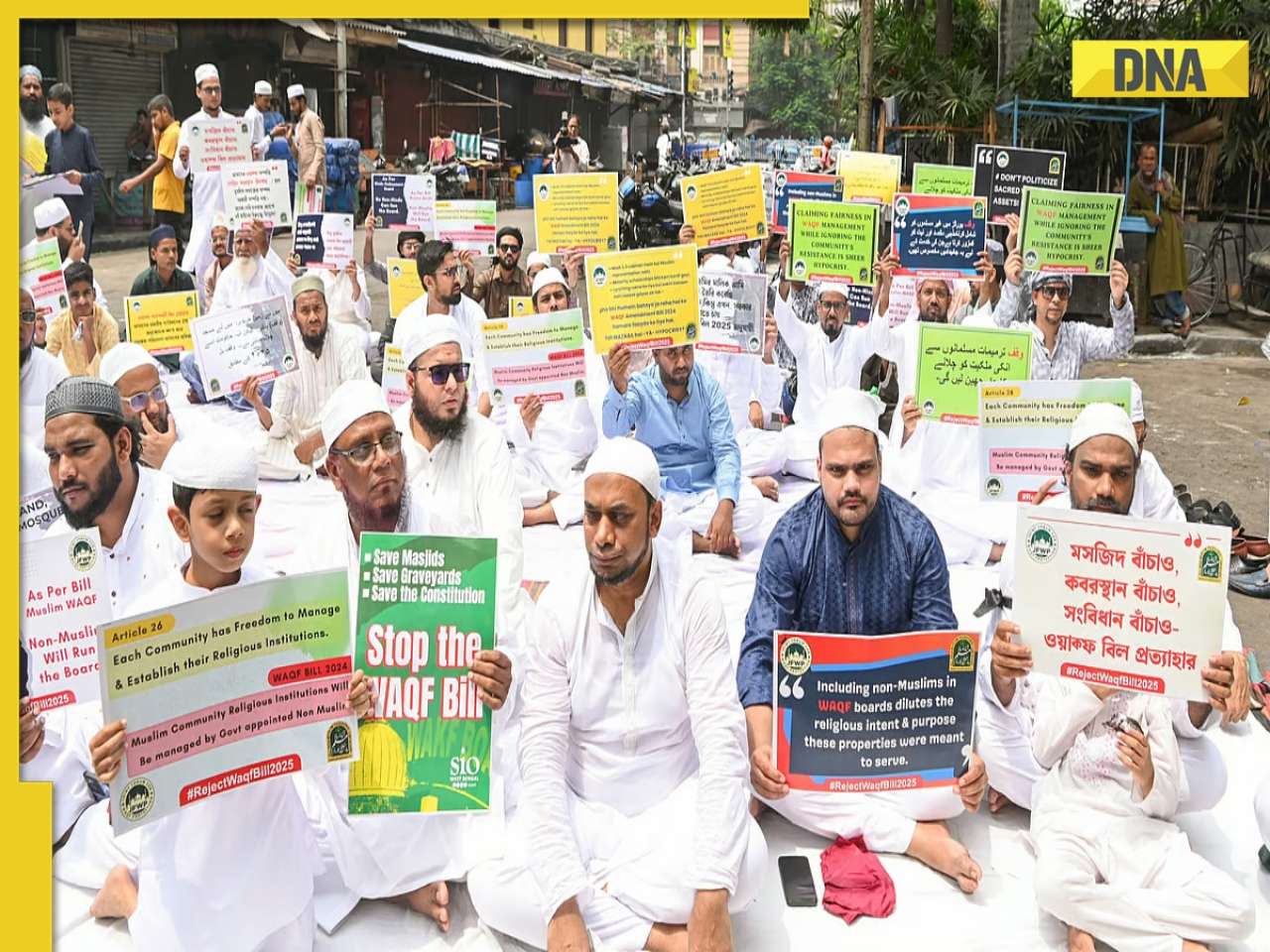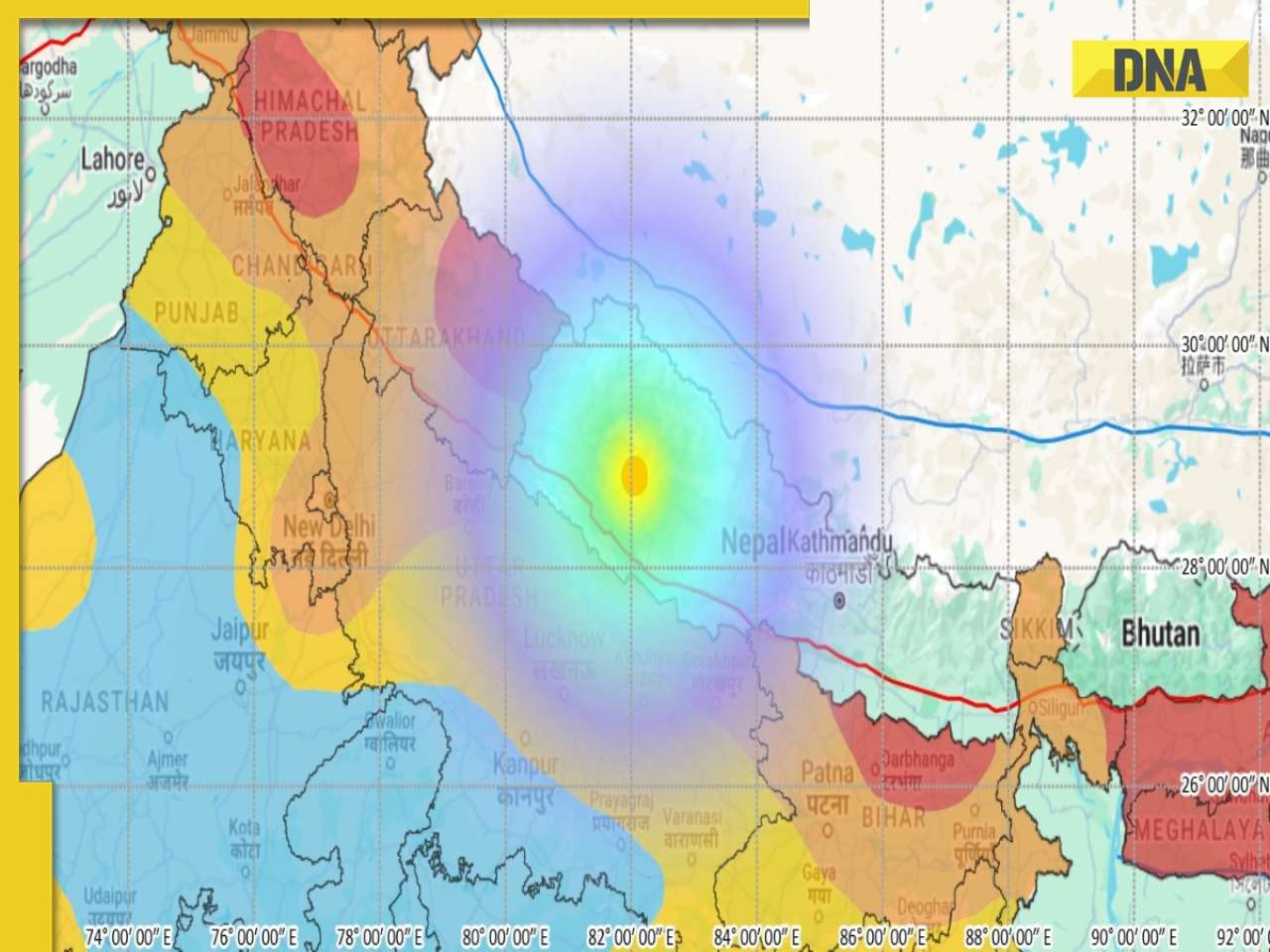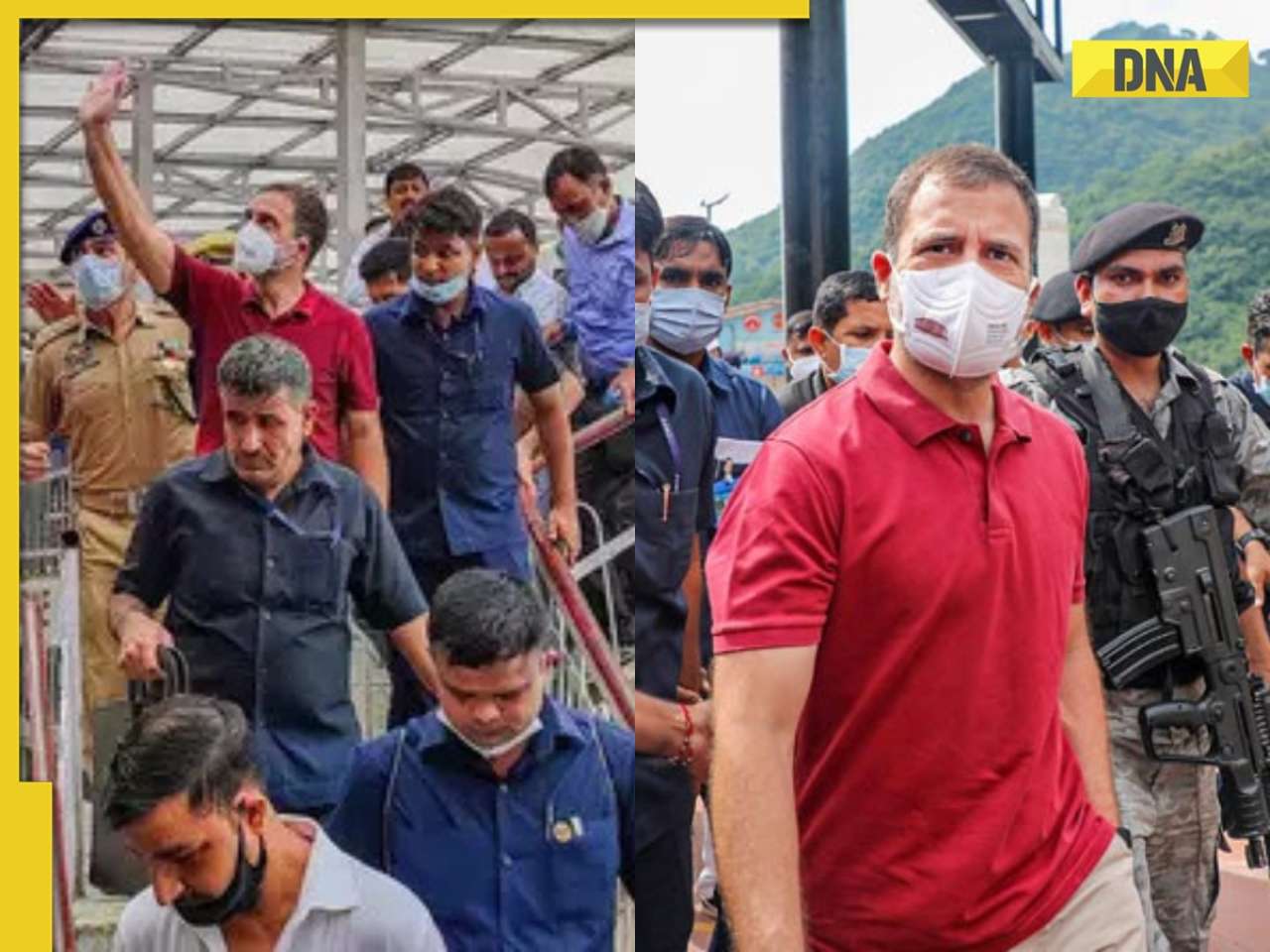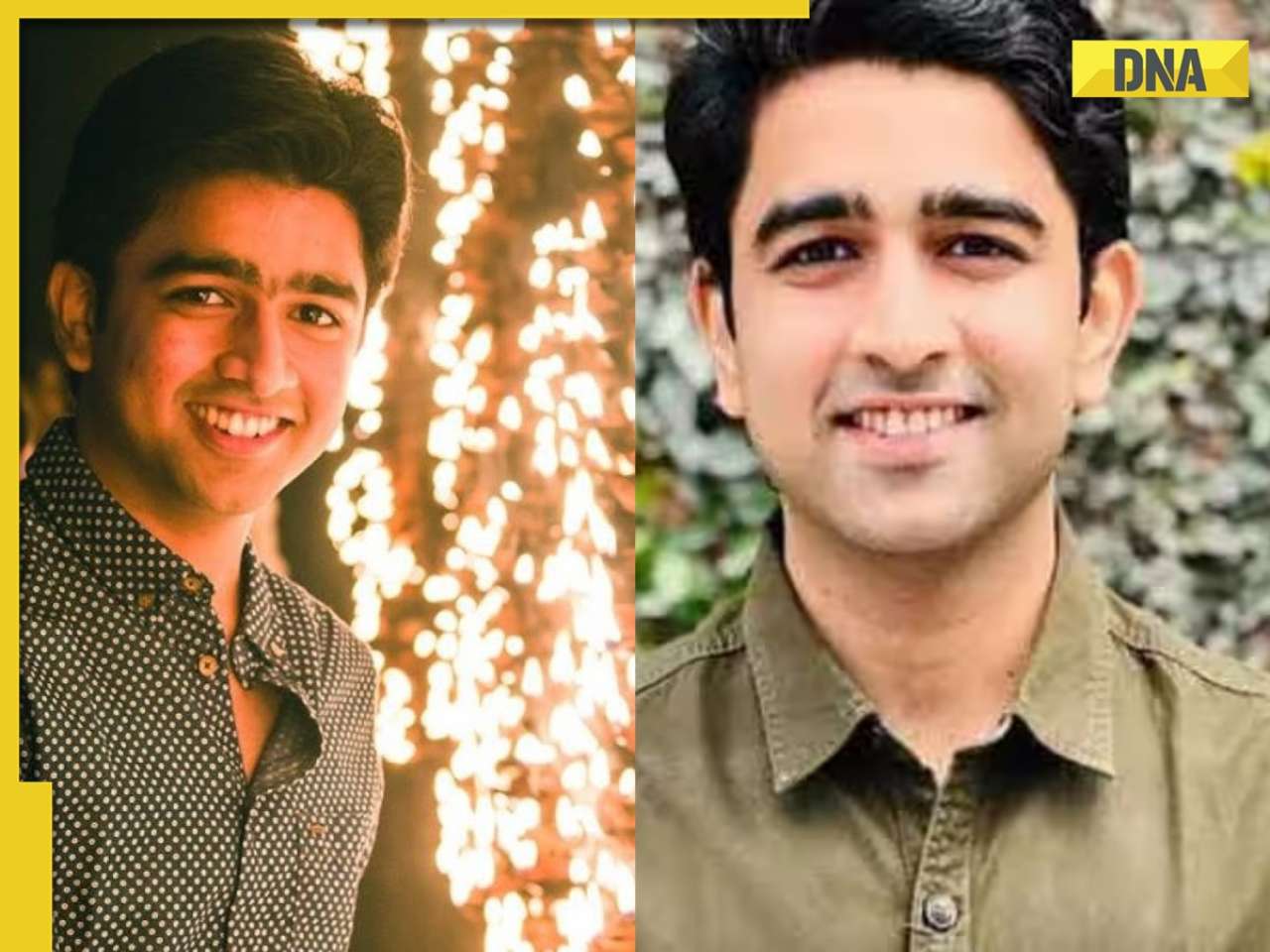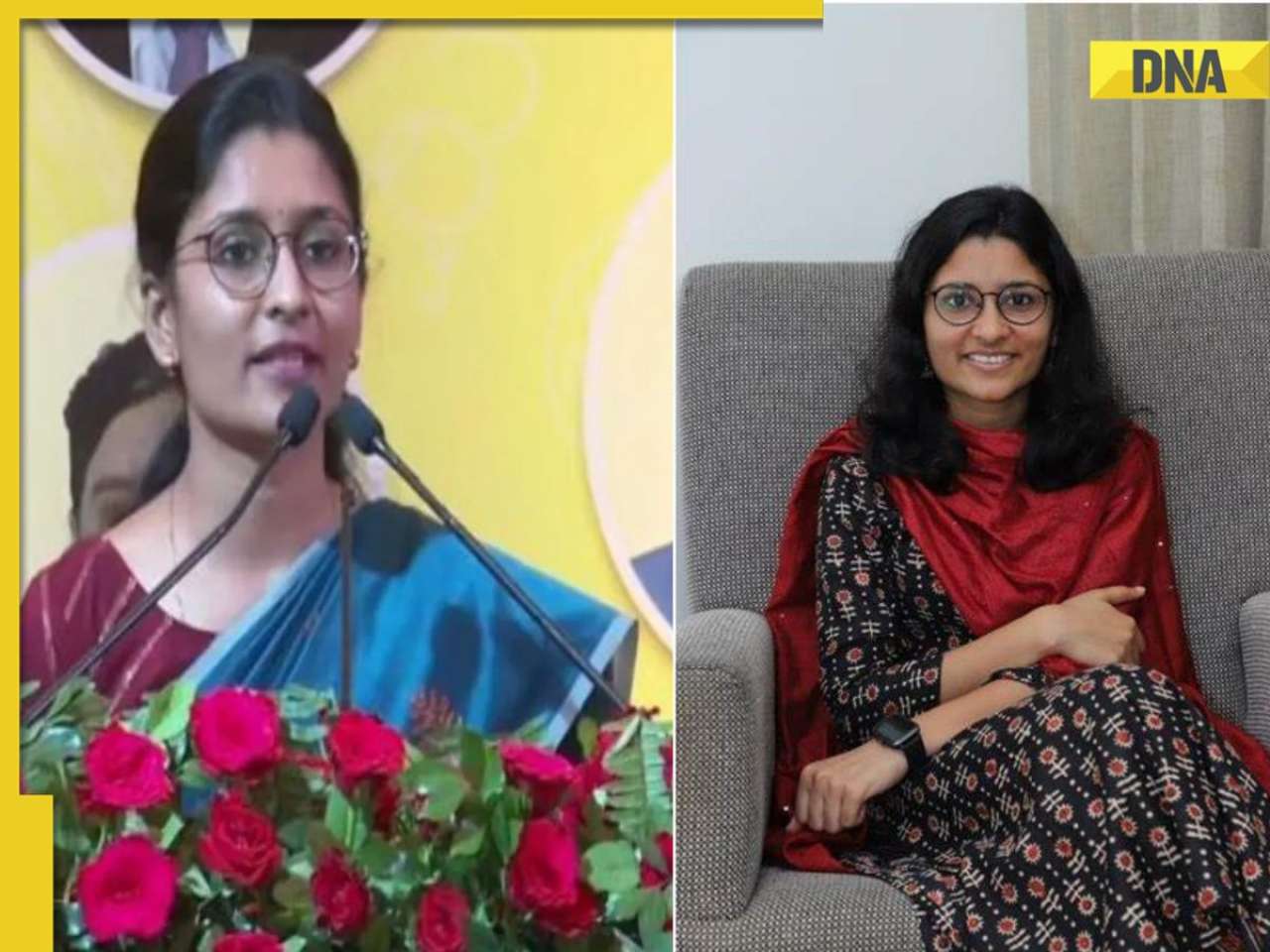- LATEST
- WEBSTORY
- TRENDING
ANALYSIS
The Chabahar Puzzle: India’s Connectivity Dreams in US-Iran Turmoil
Chabahar Port is not merely a piece of infrastructure, it's the lynchpin of India's ambitious vision for the International North-South Transport Corridor (INSTC).
TRENDING NOW
India's pursuit of enhanced regional connectivity, a cornerstone of its economic growth and geopolitical influence, faces a significant challenge in the uncertain future of the Chabahar Port project in Iran. This port, strategically situated on the Gulf of Oman, is not merely a piece of infrastructure; it's the lynchpin of India's ambitious vision for the International North-South Transport Corridor (INSTC), a multi-modal trade route with the potential to reshape commerce across Eurasia. However, evolving US policy towards Iran, particularly the potential revocation of waivers allowing India to operate Chabahar without facing sanctions, casts a long shadow over these plans, forcing New Delhi to reassess its strategic calculus and navigate a complex geopolitical landscape.
Chabahar's strategic significance for India is multifaceted and profound. Recognizing its pivotal role, India has invested approximately $24 million in developing the port's infrastructure. Chabahar offers India a crucial alternative to the congested and often unpredictable Suez Canal route, promising significantly faster and more cost-effective access to burgeoning markets in Central Asia, Russia, and Europe. This bypasses not only logistical bottlenecks but also geopolitical vulnerabilities, reducing India's reliance on chokepoints and potentially adversarial actors. Beyond its economic implications, Chabahar also holds strategic weight, allowing India to project its influence further into the region and counterbalance the growing presence of other global powers. Furthermore, the project initially garnered a special exemption from US sanctions due to its importance in facilitating trade and transit for landlocked Afghanistan, demonstrating its broader regional impact.
At the heart of India's regional connectivity strategy lies the INSTC. This 7,200-km multi-modal transport network, linking India, Iran, Russia, and Central Asia, is envisioned as a game-changer for trade and commerce. With Chabahar serving as its primary entry point into Iran, the INSTC promises to streamline the movement of goods, drastically reduce transportation costs, and open up new avenues for Indian products to reach European markets. The corridor is not simply about moving goods; it's about building partnerships, fostering economic interdependence, and solidifying India's position as a key player in the Eurasian economic landscape. It represents a strategic imperative, allowing India to enhance its regional influence, secure access to vital resources, and promote its vision of a multipolar world order.
The potential revocation of the US waiver for the Chabahar project presents a formidable challenge to India's carefully laid plans. This move, driven by the US administration's broader strategy of applying maximum pressure on Iran to curb its nuclear ambitions and regional activities, places India in a precarious position. Losing the waiver could not only jeopardize India's existing investments in Chabahar but also severely disrupt the operational viability of the entire INSTC. It forces India to confront the difficult reality of balancing its strategic partnership with the US, a crucial pillar of its foreign policy, with its burgeoning interests in regional connectivity and its historically strong relationship with Iran.
India's dilemma is further compounded by the complex geopolitical dynamics at play. Maintaining strong ties with the US, a vital strategic and economic partner, is paramount for New Delhi. However, India also has longstanding and multifaceted relations with Iran, particularly concerning energy security and regional trade connections. The US pressure on Iran creates a significant strain on this relationship, forcing India to walk a tightrope and carefully calibrate its responses.
The potential disruption to the INSTC poses substantial challenges for India's connectivity ambitions. While alternative routes, such as those transiting through Israel and the UAE, are being explored, they are unlikely to replicate the efficiency, cost-effectiveness, and strategic advantages offered by the Chabahar-centric route. Moreover, the INSTC is not solely an Indian endeavor; it involves other key stakeholders, including Russia and China, both of whom have maintained robust economic and political ties with Iran despite US sanctions. Russia, seeking to bolster its economic and security partnerships with Iran, has consistently resisted US pressure. Similarly, China's Belt and Road Initiative (BRI) has provided Iran with alternative economic lifelines, mitigating the impact of US sanctions and underscoring the growing trend toward a multipolar global economy.
In this complex environment, India is meticulously evaluating its options and exploring diplomatic avenues to safeguard its interests. Working in concert with international organizations like the United Nations to underscore the legitimacy and developmental nature of its infrastructure projects in Iran is one potential strategy. Direct engagement with the European Union and other key partners to mitigate the impact of US sanctions and explore alternative mechanisms for trade and transit is another avenue being pursued. Ultimately, India must decide whether to align itself with US sanctions policy, potentially sacrificing its own strategic and economic interests, or to chart a more independent course, prioritizing its regional connectivity goals and its relationship with Iran.
This decision will have far-reaching implications for India's foreign policy, its regional standing, and its vision for a multipolar world order. The Chabahar situation serves as a critical test of India's ability to balance competing interests, navigate complex geopolitical currents, and pursue its strategic objectives in a rapidly changing global landscape. It highlights the inherent tensions between strategic partnerships and national interests, and underscores the growing importance of regional connectivity in shaping the future of global trade and geopolitics. How India responds to this challenge will significantly influence its role in the evolving dynamics of South Asia and the broader Eurasian region.
(Disclaimer: The views expressed above are the author's own and do not reflect those of DNA)
(The author of this article is an award-winning Science Writer and a Defence, Aerospace & Political Analyst based in Bengaluru. He is also Director of ADD Engineering Components, India, Pvt. Ltd, a subsidiary of ADD Engineering GmbH, Germany. You can reach him at: girishlinganna@gmail.com)
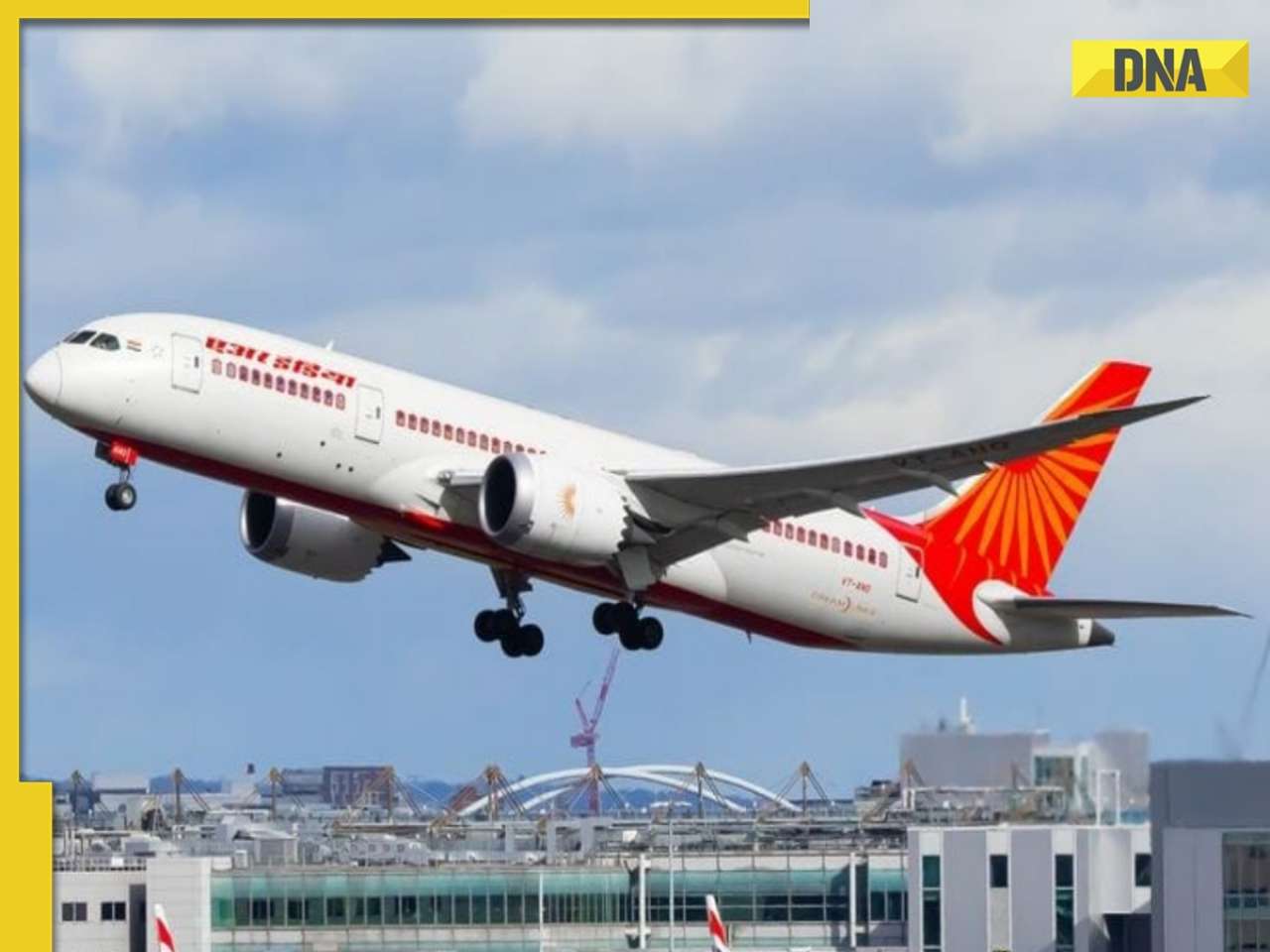

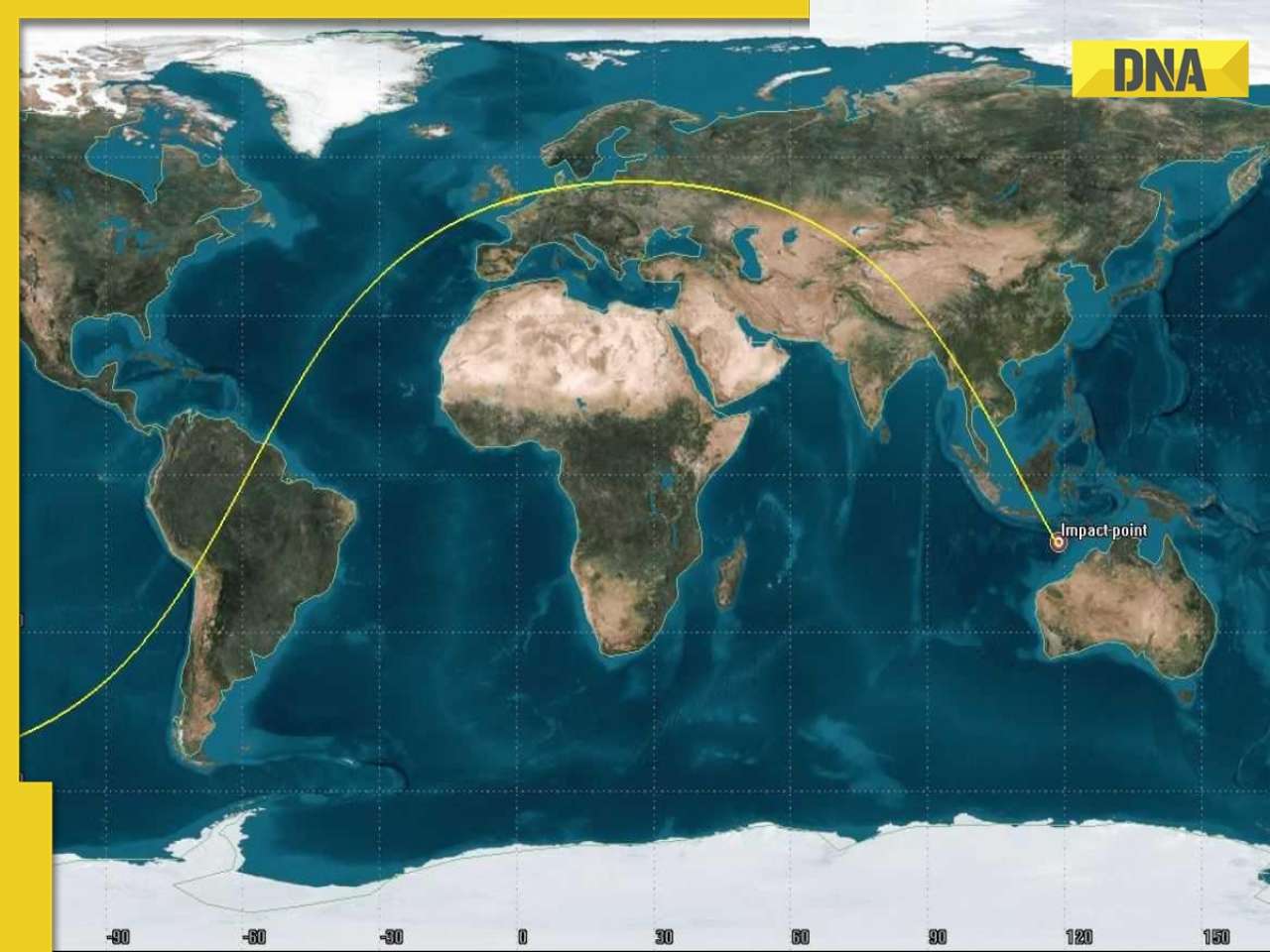




)
)
)
)
)
)
)
)
)
)
)
)
)
)
)
)

